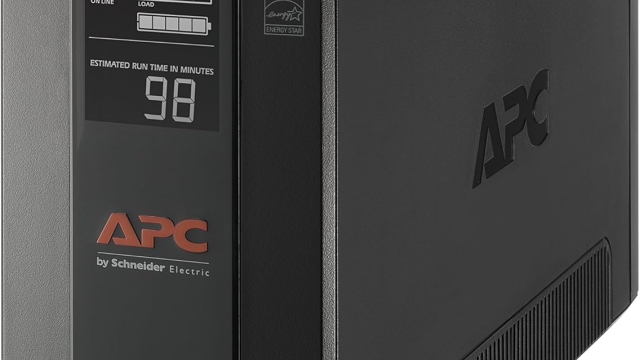
In today’s fast-paced digital world, maintaining a reliable power supply is more critical than ever. Unexpected outages can disrupt operations, lead to data loss, and even cause costly downtime for businesses and individuals alike. This is where UPS batteries come into play. They serve as a powerful safeguard against the unpredictable nature of electricity, ensuring that your devices remain operational when it matters most.
UPS batteries, or uninterruptible power supply batteries, are designed to provide instant backup power during electrical disturbances. Whether you are powering a home office, a data center, or critical medical equipment, understanding the role of UPS batteries can help you make informed decisions about your power backup needs. This guide aims to demystify UPS batteries, exploring their types, features, and benefits, so you can enjoy uninterrupted reliability in any situation.
Understanding UPS Battery Types
When it comes to uninterruptible power supply systems, understanding the different types of UPS batteries is crucial for ensuring optimal performance and reliability. The most common types of UPS batteries include sealed lead-acid (SLA), nickel-cadmium (NiCd), and lithium-ion (Li-ion) batteries. Each type has its own unique characteristics and advantages, making them suitable for various applications and environments.
Sealed lead-acid batteries are the most prevalent option due to their affordability and reliability. They are designed to be maintenance-free, making them an attractive choice for many users. SLA batteries are known for their ability to deliver high surge currents, which is beneficial for powering devices that need an immediate burst of energy. However, they tend to have a shorter lifespan compared to other battery types, and their weight can be a significant drawback in certain setups.
On the other hand, lithium-ion batteries are gaining popularity in the UPS market for their lighter weight and longer lifespan. They offer faster charging times and better energy density, which allows for a more compact design. Although they are generally more expensive upfront, the total cost of ownership may be reduced over time due to their longer operational life and lower maintenance needs. Nickel-cadmium batteries are also an option, especially in industrial settings where temperature extremes and deep discharges are common, but they come with concerns regarding environmental impact and disposal.
Key Features of UPS Batteries
When selecting UPS batteries, one of the most critical features to consider is their capacity, measured in Volt-Amps (VA) or Watts. The capacity indicates how much power the battery can provide to your equipment during an outage. Finding a battery with the appropriate capacity ensures that your devices remain operational during unexpected power disruptions. It is essential to assess the overall power requirements of the connected devices to choose a battery that meets or exceeds those needs.
Another important feature is the runtime of the UPS battery, which refers to how long it can supply power during an outage. Different applications have varying requirements for runtime. For instance, a home office may need a battery that lasts long enough to save work and shut down equipment properly, while a data center might require extensive backup time to ensure systems remain operational. Evaluating both your power needs and how long you require backup power will help you select the right UPS battery.
Compatibility and maintenance are also key considerations when choosing UPS batteries. Different UPS systems may require specific battery types, such as sealed lead-acid (SLA) or lithium-ion batteries. It is vital to ensure that the selected battery matches the specifications of your UPS unit. Additionally, consider the maintenance requirements associated with each type of battery, as some will need regular checks and replacements. Opting for a battery with lower maintenance demands can save time and effort in the long run.
Maintenance Tips for Longevity
To ensure the longevity of your UPS batteries, regular maintenance is crucial. Start by checking the battery charge levels periodically. Most UPS systems come equipped with software that provides notifications and health reports on battery status. Make it a habit to review these reports and perform manual checks to confirm that the batteries are holding a charge effectively. This proactive approach helps identify potential issues before they lead to failures.
Another important aspect of maintenance is keeping the battery terminals clean. Dust and corrosion can impede the flow of electricity, reducing the performance of your UPS batteries. Use a soft cloth to wipe down the terminals and remove any debris. If you notice corrosion, a gentle cleaning solution or a mix of baking soda and water can help restore the terminals. Always ensure the UPS is powered off before performing any cleaning.
Lastly, consider the environmental conditions where your UPS batteries are stored. Excessive heat, humidity, and dust can significantly impact battery life. Aim to keep your UPS in a cool, dry place with good ventilation. Additionally, avoid placing heavy objects on top of the UPS, as this can lead to damage. By maintaining an optimal environment and following these tips, you can extend the service life of your UPS batteries and ensure they are ready to perform when needed.
